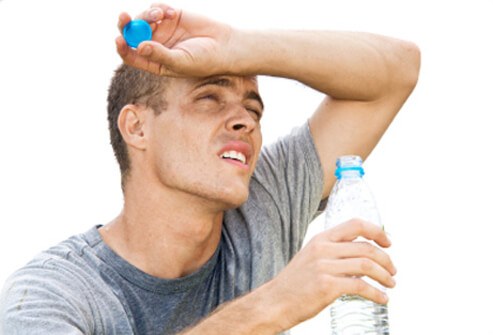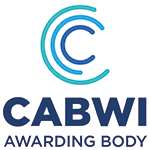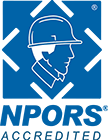Heat Rash
This is an itchy, painful rash commonly called ‘prickly heat’. It is caused by excessive sweating during hot, humid weather, and particularly affects young children.
Symptoms: A cluster of red pimples or small blisters, particularly on the neck or upper chest, or in creases in the groin, elbow and under the breasts.
What to do: Move to a cooler, less humid environment. Keep the affected areas dry (powder can help), and avoid using ointments or creams because they keep the skin warm and moist which can make the condition worse.
Dehydration
This occurs when the body doesn’t have enough water and other fluids to carry out its normal functions.
Symptoms: Dizziness, tiredness, irritability, thirst, dark yellow urine, loss of appetite, fainting.
What to do: Drink plenty of water or diluted fruit juice and avoid tea, coffee and alcohol. Move to somewhere cool (preferably air-conditioned), and if possible use a spray bottle filled with water to cool you down.
Heat Cramps
These usually affect people who sweat a lot during strenuous activity, causing the body to lose salt and water. This can lead to heat cramps.
Symptoms: Muscle pains or spasms. Heat cramps can also be an early symptom of heat exhaustion.
What to do: Stop all activity and lie in a cool place (preferably air-conditioned) with your legs raised slightly. Drink water or diluted fruit juice, have a cool shower or bath, massage your limbs to ease the spasms and apply cool packs. Do not go back to strenuous activity until a few hours after the cramps have subsided. If they continue for more than one hour seek medical attention.
Heat Exhaustion
This is the body’s reaction to losing excessive amounts of water and salt contained in sweat.
Symptoms: Heavy sweating, pale skin, fast and weak pulse rate, fast and shallow breathing, muscle weakness or cramps, tiredness and weakness, dizziness, headache, nausea or vomiting, fainting.
What to do: Move to a cool place (preferably air-conditioned) and lie down. Remove excess clothing, take small sips of cool fluids, and have a cool shower, bath or sponge bath. Put cool packs under the armpits, on the groin or on the back of the neck to reduce body heat. If symptoms last for longer than one hour, call your doctor or go to the nearest hospital emergency department.
Heat Stroke
This occurs when the body temperature is not controlled properly and it rises above 40.5 °C. It is the most serious heat-related illness and is a life-threatening emergency. Immediate first aid aimed at lowering the body temperature as quickly as possible is very important.
Symptoms: A sudden rise in body temperature, red, hot dry skin (because sweating has stopped – though the person may still be sweaty if they have been exercising), dry, swollen tongue, rapid pulse, rapid shallow breathing, intense thirst, headache, nausea and vomiting, dizziness, confusion, poor coordination or slurred speech, aggressive or bizarre behaviour, loss of consciousness, seizures or coma.















